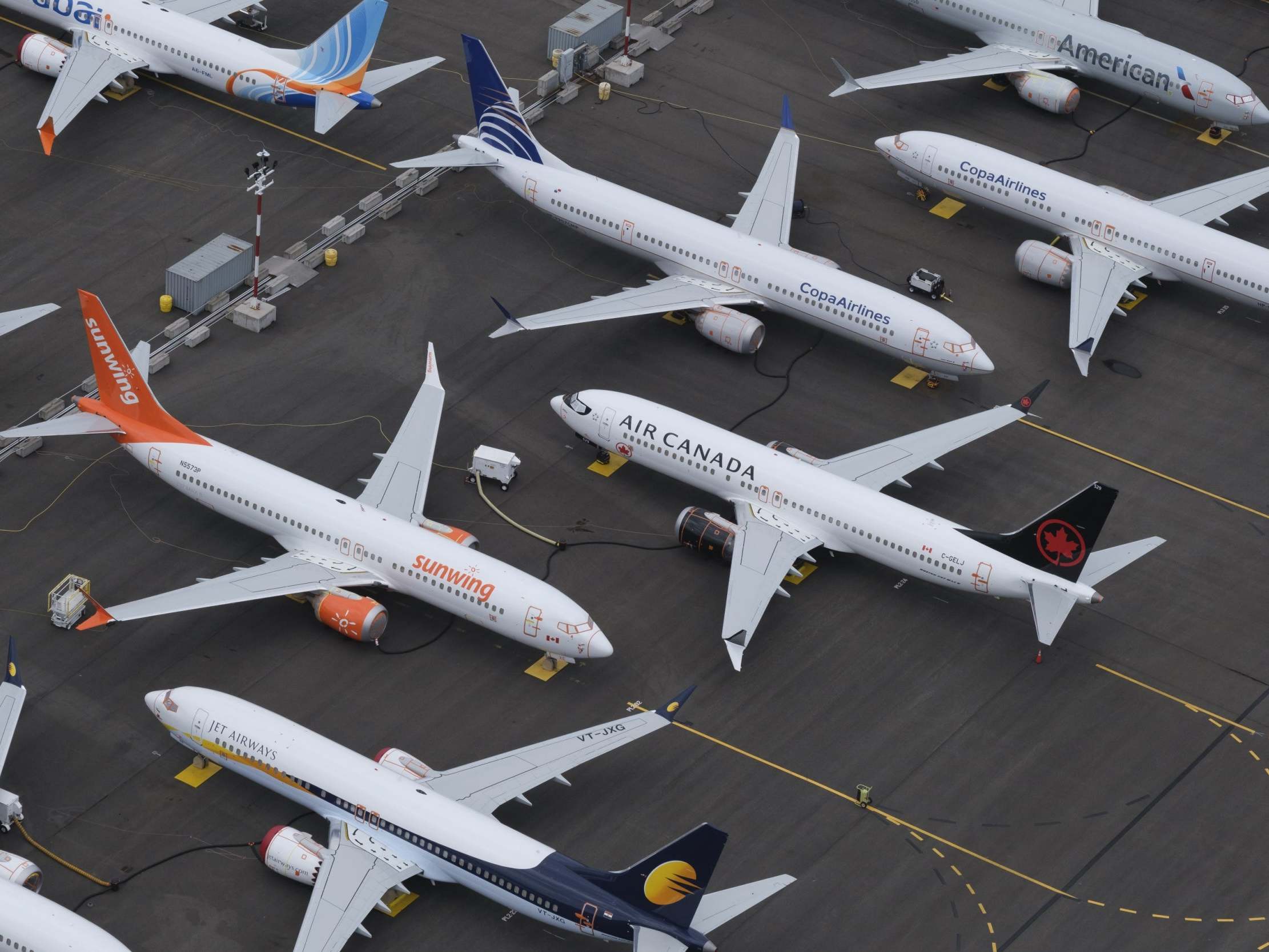Boeing 737 Max: the people whose views are safety-critical
Pilots and cabin crew will decide when the troubled aircraft will fly again

The title of the BBC1 programme was enough to terrify an anxious passenger: Boeing’s Killer Planes.
Panorama investigated the background to two aviation tragedies that should never have happened.
In October 2018, a Boeing 737 Max plunged into the sea at high speed shortly after take-off from the Indonesian capital, Jakarta. All 189 passengers and crew died when the two pilots were unable to override an aircraft safety system intended to avoid stalls.
In March 2019, another 157 people perished aboard an Ethiopian Airlines Boeing 737 Max which hit the ground soon after leaving Addis Ababa in very similar circumstances: with the pilots battling valiantly but in vain against anti-stall software that had been triggered by data from a single faulty sensor.
For four days after the Ethiopian crash, both Boeing and its regulator – the Federal Aviation Administration (FAA) – insisted the plane was safe. But evidence from the investigation into the Ethiopian Airlines revealed the awful reality: a system intended to augment safety had designed in danger.
The software, known as MCAS, was installed as a consequence of Boeing’s decision to extend the winning run of the world’s most popular airliner.
The 737 is a 1960s design that was never intended to carry big, ultra-efficient 21st-century engines. Yet airlines, as well as environmentalists and people living near airports, demand fuel economy, lower emissions and quieter planes.
Accordingly, the engines were hoisted higher and further forward on the wings than any previous Boeing. They almost blend with the wing, emulating Comet – the first commercial jet aircraft, and one haunted by tragedy in its early years.
Twenty-first century engineers would never design a plane like that from scratch: the chosen fix poses aerodynamic challenges, which MCAS was designed to meet.
Boeing also wanted to minimise the cost to airlines of transitioning pilots from earlier 737s to the Max. Accordingly, the scale of changes – notably the introduction of software capable of downing the aircraft on the input of one broken instrument – was downplayed.
Though Boeing insists “each change is subject to robust discussion, analysis and testing”, there was insufficient internal challenge – while the overstretched FAA allowed Boeing to mark its own homework on safety, the most important subject in aviation.
The more the travelling public learns about the conception and gestation of the Max, the more apprehensive some of them will feel when the plane returns to service.
“If I turn up at the airport and find that I’m booked on a Boeing 737 Max,” one reader asks, “can I refuse to travel and get a full refund?”
Others passengers – such as long-in-the-tooth frequent flyers who can recall when planes would crash tragically often – will decide it is not a perfect plane, but is perfectly flyable.
The people whose views count far more, though, are the pilots and cabin crew.
Most pilots are appalled by the way that the captain and first officer in each of the lost aircraft were initially denigrated for failing to overcome a fundamentally flawed design.
Boeing boss Dennis Muilenburg can insist all he like that top engineers at Boeing “have been working tirelessly” since the jets were grounded, and that new features being implemented will make the 737 Max “one of the safest ever to fly”.
But pilots will need to be convinced that the company that made “killer planes” has genuinely made the best of a bad job.
A captain’s word is final. If he or she does not have complete faith in an aircraft, it will stay on the ground.
The other essential for a flight to operate: cabin crew. The men and women whose job it is to keep we passengers safe will form their own view on the likelihood of what, in their case, would constitute a workplace accident.
Until the Boeing 737 Max tragedies, aviation had designed out danger to an extraordinary degree – making an accident-free career in aviation an overwhelmingly probability. Now it appears corner-cutting may have created built-in risk.
The professionals will decide when, and if, Boeing has done enough.
Join our commenting forum
Join thought-provoking conversations, follow other Independent readers and see their replies
Comments